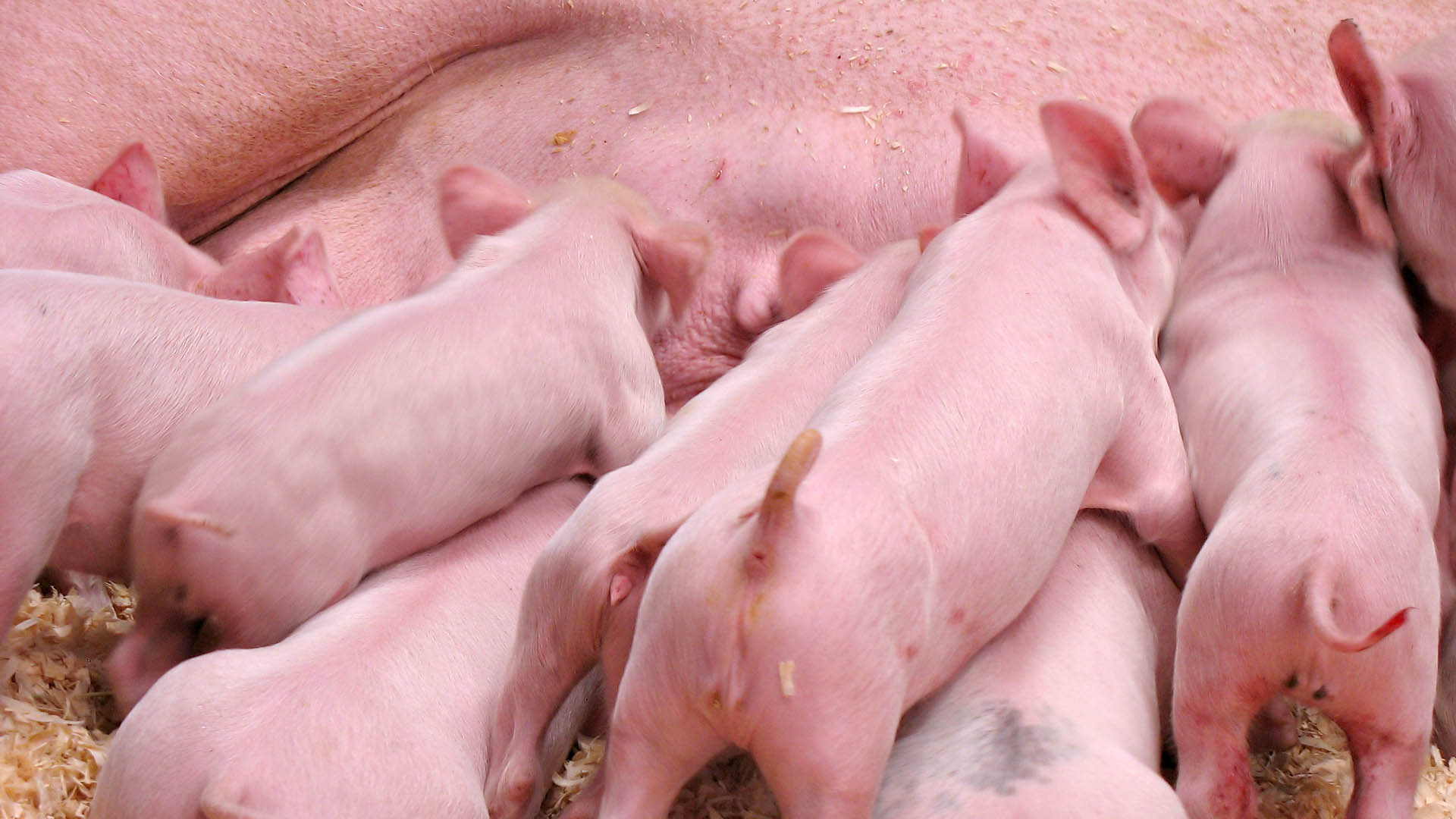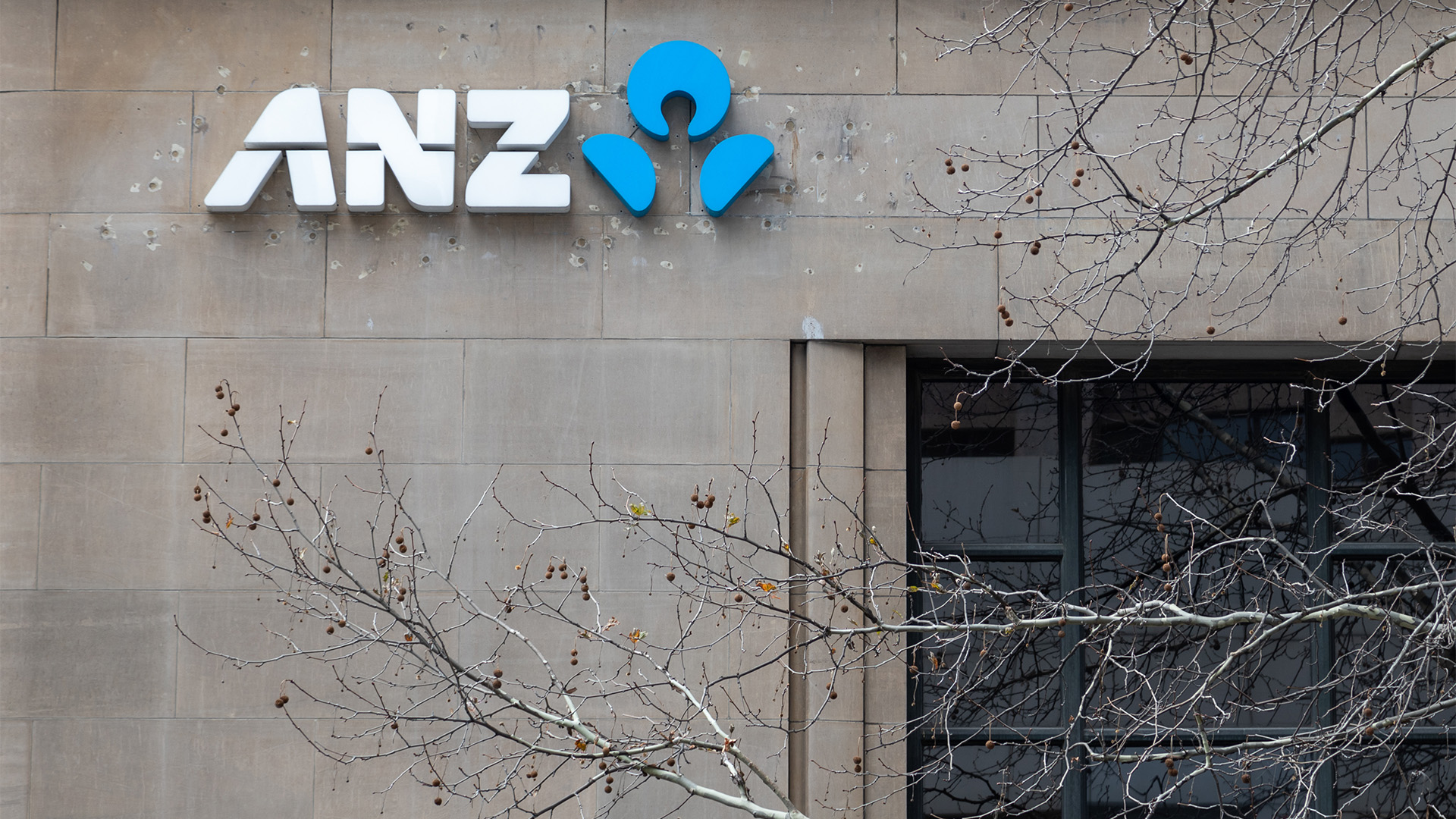China’s July trade figures disappointed some eager beavers in the markets who were looking for a repeat of June’s solid outcome.
Instead the July data was a slightly less solid outcome. But that hasn’t stopped endless numbers of experts and less from claiming the data was bad news for China and the world economy, which is a load of rubbish seeing it is just one month’s figures.
China’s Customs Administration reported yesterday (Tuesday) that July exports rose 7.25% in dollar terms, while imports were up 11.0% (the lowest rise in seven months).
Both were lower than expected and according to Reuters, analysts had forecast a 10.9% rise in Chinese exports in July and a 16.6% jump in imports in July.
Chinese exports in June were up 17.2%, while imports were up 11.3%.
That left the country with a trade surplus of $US46.74 billion for the month, the highest since January, compared with June’s $US42.77 billion. The trade surplus was also down 10.7% from July 2016.
The July trade figures are preliminary, with revised data due on July 23.
July 2016 saw Chinese exports fall 4.4% on-year, while imports fell 12.5% in US dollar terms, according to Reuters. Those falls were worse than forecast by those market ‘analysts’.
The trade surplus was $52.31 billion in July.
China’s sensitive trade surplus with the United States in July was $US25.2 billion, down marginally on the $US25.4 billion for June. Growth in exports to most major trading partners was down sharply with those to the US falling more than 10 percentage points from the previous month to notch year-on-year growth of just 8.9% in July.
Export shipments to South Korea more than halved to a 3.6% growth rate for the month, while exports to EU slowed 5 percentage points 10.1%. The Chinese trade surplus with the 28-nation European Union rose 3.4% to $US12.2 billion
But exports to Japan rose 1.1% to be up 6.6% year on year with July 2016.
In volume terms, imports of crude oil, iron ore and coal all fell from the very high levels reported in June.
Crude oil imports totalled 34.66 million tonnes, down from 36.11 million tonnes a month earlier, but higher than the 31.7 million tonnes imported in July, 2016.
Imports of iron ore fell to 86.25 million tonnes from 94.7 million tonnes in June (which was the second highest on record), but was also down on the 88.4 million tonnes imported in July of last year.
For the January to July period, China imported 625 million tonnes of iron ore, up 7.5% from the first seven months of 2016.
Coal imports also dipped to 19.46 million tonnes, a four-month low, which was also down from the 21.21 million tonnes imported in July 2016.
In the first seven months of the year, imports of crude, iron ore and coal grew by 13.6%, 7.5% and 18.2% respectively from the same period a year earlier (which saw weaker imports because of lower demand and depressed commodity prices). Natural gas imports jumped 20.7% in the same period
In the 12 months to July this year, the Chinese yuan weakened by 1.4% against the US dollar, suggesting that the growth in exports and imports was largely driven by strengthening demand both from within China and abroad, rather than movements in currency markets.
Copper imports were unchanged in July from June at 390,000 tonnes, up on the 360,000 tonnes imported in the same month of 2016but imports of soybeans leapt to 10.08 million tonnes from 7.69 million tonnes in June and 7.76 million tonnes a year earlier.
Meanwhile China’s foreign exchange reserves rose more than expected in July to a nine-month high as the yuan strengthened, but analysts said Beijing would keep its tight grip on capital outflows.
Reserves rose by US$24 billion during the month, to US$3.08 trillion, compared with an increase of US$3.2 billion in June. seeing the trade surplus was just over $US46 billion, there was a $US22 billion leakage in the month.
July marked the first time since June 2014 that China’s reserves had climbed for six months in a row, with the gains taking reserves to their highest level since October.
China’s foreign exchange reserves rose more than expected in July to a nine-month high as the yuan strengthened, but analysts said Beijing would keep its tight grip on capital outflows.China’s foreign Reserves rose by $US24 billion July from June’s $US32. billion to reach, to $US3.08 trillion, their highest in 10 months.July also marked the first time since June 2014 that China’s reserves had climbed for six months in a row, with the gains taking reserves to their highest level since last October.
China imposed strict capital controls at the end of last year, when both the yuan and China’s forex reserves had fallen to yearly lows and has cracked down on the way many Chinese companies have been launching takeovers and asset acquisitions offshore as a way of moving money out of China.
The debt incurred has led to the Chinese government cracking down on big deals and ordering provincial and private companies to restrict these types of deals as a way of cutting debt.
Some of the country’s biggest companies, such as Wanda Group have started selling foreign assets to cut debt and raise cash to meet these new government rules on curtailing debt levels.
Beijing has intensified its scrutiny of large outbound investments since its National Financial Work Conference last month. It is also trying to encourage inflows through opening up its bond and securities market.
The reserves grew by US$89.7 billion and with July’s rise, takes the increase so far this year to more than $US110 billion. in the first half of this year, does not seem to have been enough to convince Beijing to remove the control measures, despite growing talk about increasing the yuan’s flexibility.













